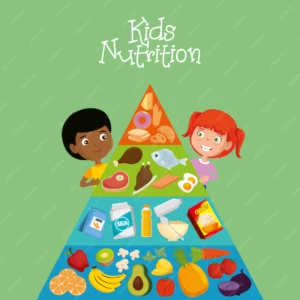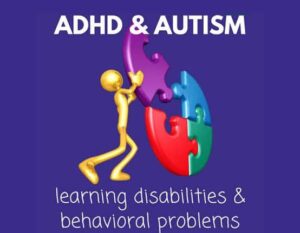
Best Food Pairings for Nutrient Absorption | FoodnWellness Guide
Learn 6 powerful food combinations that can boost your nutrient absorption by up to 2000%, backed by the latest clinical research.

Learn 6 powerful food combinations that can boost your nutrient absorption by up to 2000%, backed by the latest clinical research.

Summer vacation is a time of joy, play, and family bonding for kids. Ensuring children get the right nutrients during this period is crucial for their growth, immunity, and energy levels.

Malnutrition in children is a serious global health problem that affects millions of lives every year. Malnutrition can be caused by a poor diet that does not provide enough calories, protein, vitamins, minerals and other essential nutrients for optimal growth and development. In fact, as per statistics, around 45% of deaths among children under 5

Constipation is a very common problem among kids. It is a condition characterized by an infrequent bowel movement, typically fewer than thrice a week. Constipation causes stool to become hard and dry, which causes children to face difficulties during their bowel movements.

Childhood and sugar are inextricably related. There are very few things a child like more than her sugary treats. Their world lights up with sugar in the form of chocolates, colourful candies, and other sweets. Sugar is so enormously loved by the children that parents often use them as rewards for good behaviour or for a job well done. The supply of sugar is also incessant. In addition to the parents, sugar in the form of chocolates and candies also come from visiting relatives and acquaintances, school friends, and from every other conceivable places. The result, needless to say, turns pretty debilitating. Excessive sugar in foods have long lasting health implications about which we shall discuss in the article.

Autism and Attention Deficit Hyperactive disorder (ADHD) both are neurodevelopmental disorders which impact the same brain functions.

Nutrition plays a very important role in the growth and development of children; and since a considerable part of their waking hours is spent in schools, the importance of school lunchbox becomes enormously significant. Children should get at least one-third of their total calorie requirements from the food that they take in school, and therefore menu planning for the school lunchbox is something parents should be extremely mindful of.

p c: trustedhealthproducts.com Vitamin D primarily stimulates intestinal calcium and phosphorus absorption, stimulates bone calcium mobilization, and increases renal re-absorption of calcium. Vitamin D must be metabolized to 25-hydroxyvitamin D3 by the liver and subsequently by the kidney to 1,25-di hydroxy vitamin D3 before function. Vitamin D deficiency has now become an epidemic worldwide,

You’re overweight but healthy.
If you’re technically overweight, but your physician says you’re healthy, the question is: How do you feel about yourself? If you’re happy with the way you look and feel, then don’t call a dietitian. But if you’re not happy with your image in the mirror, consider calling someone who can help you lose weight in a healthy manner.

As parents of growing kids we all are constantly worried about the health and well- being of our toddlers or growing kids till they listen to us and we can still influence their food choices. But the current facts and figures from WHO are worrisome and reflect that we are not able to do a good job at that, with alarming increases in Overweight and obese children.
2020 | All Rights Reserved | Meenu Agarwal Nutrition and Services Pvt. Ltd. | Designed and Maintained by Subrata Dey
Disclaimer: Food & Wellness does not claim to cure any disease. Results may vary from person to person, depending on each individual’s age, gender, genetics, disease condition (if any), surrounding environment, and lifestyle.